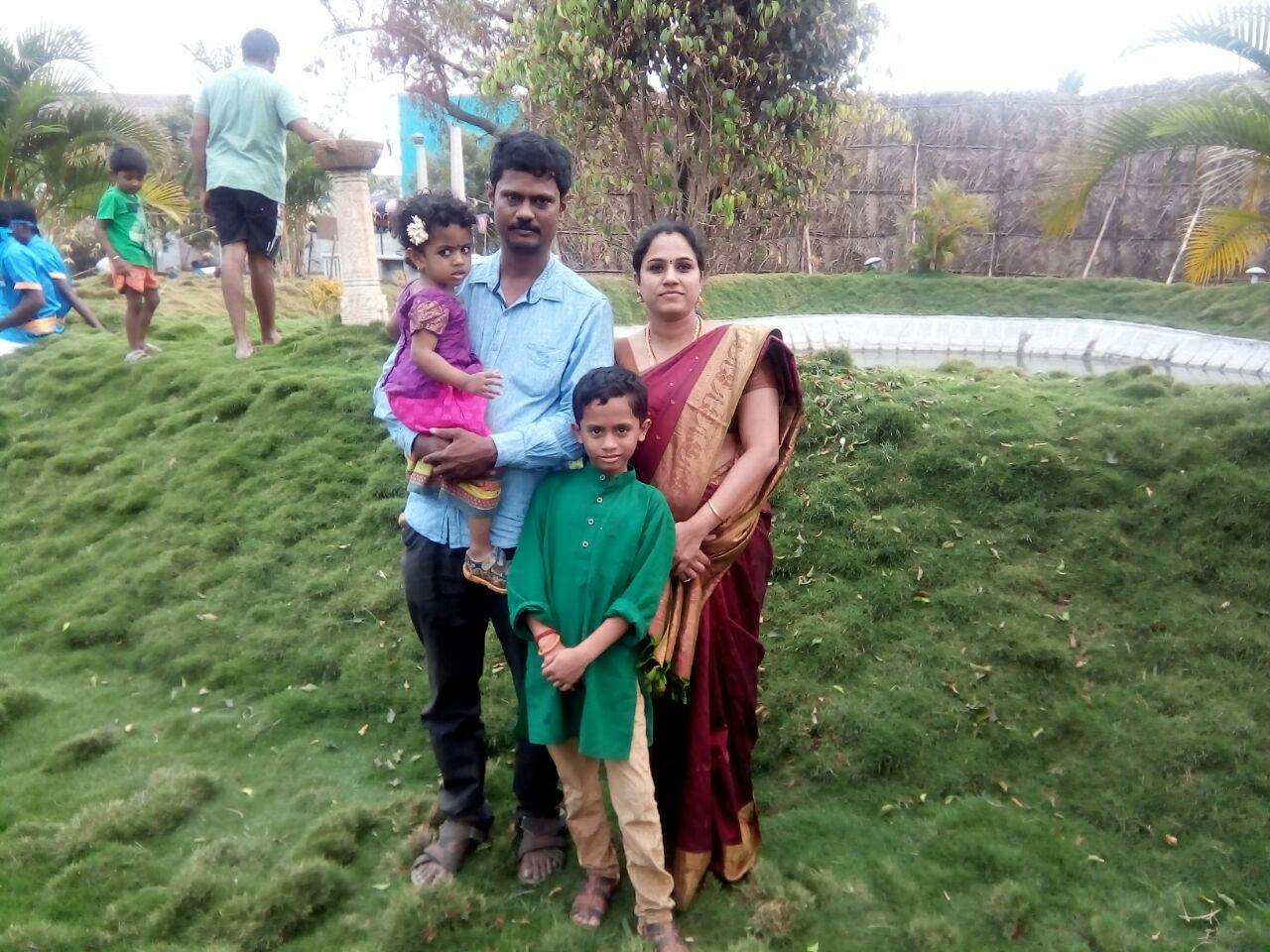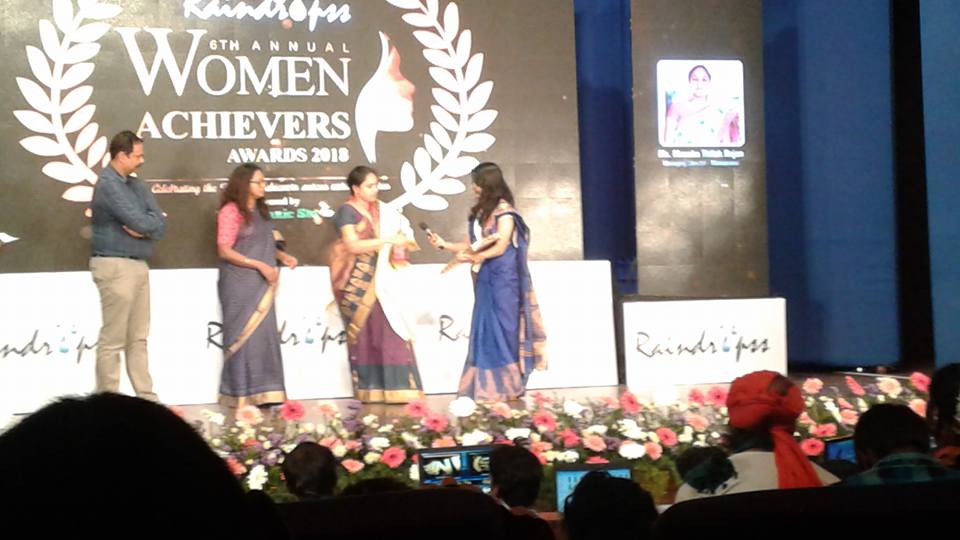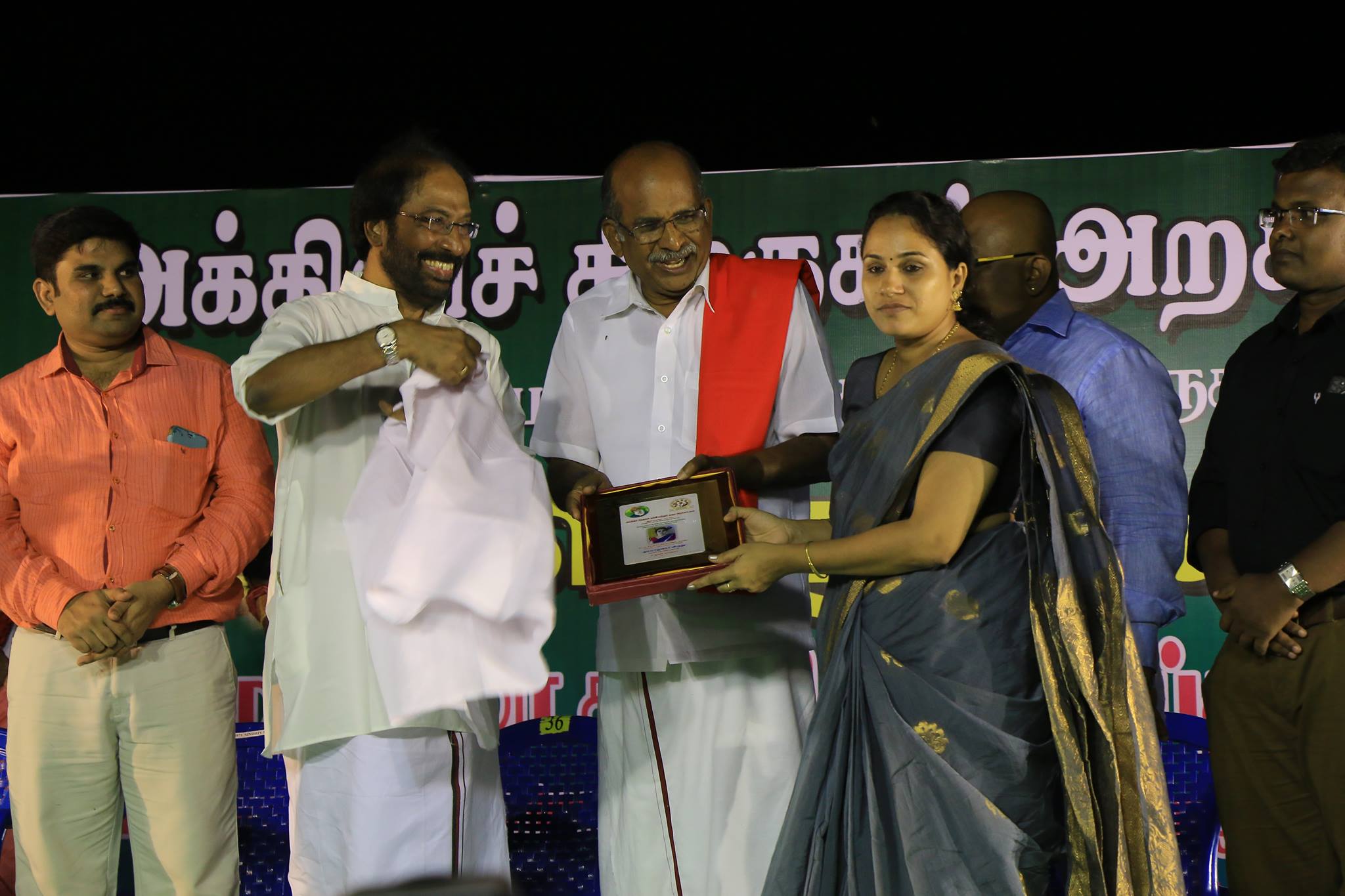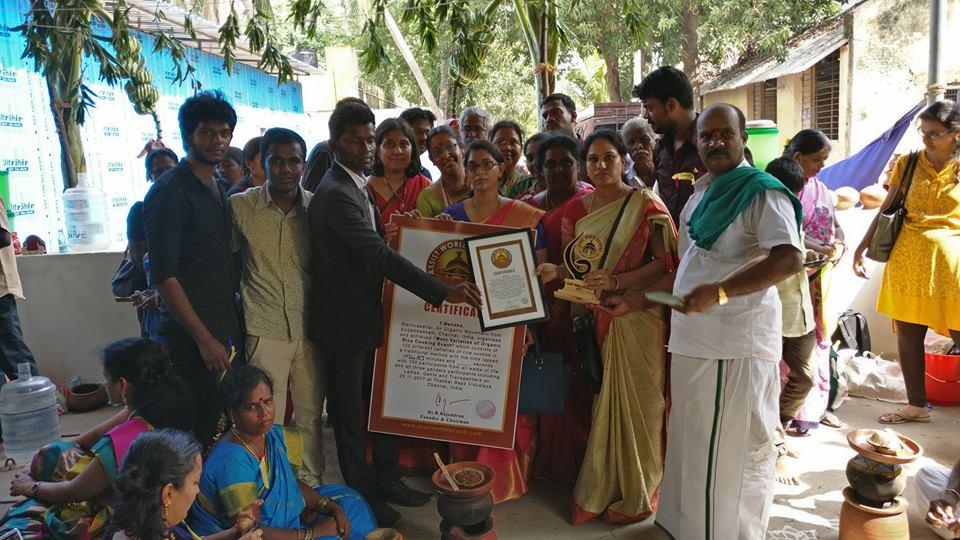Meet the Lady Who Has Revived 25 Forgotten Varieties of Rice; Try Some Today!
Nammalvar was the one who urged Thilak to get into the science of rice cultivation rather than just read about it.

The need to eat right and provide nutritious meals for their child led Menaka and Thilak Raj to become entrepreneurs. Like many new parents, Maneka and Thilak also went through many research articles and books on balanced eating and good food.
In an exclusive interview with The Better India, Menaka speaks about her journey of discovering the different varieties of rice in India.
“My husband and I used to work in the same office, and almost four years after knowing each other, we got married in 2008. A year later, in 2009, I delivered my first-born and, with that, my husband started looking at ways in which we could enrich our lives. He was always interested in finding and cooking food that is traditionally grown in our region, and having a child only made that need stronger,” she says.
Like many parents, Thilak also wanted to be sure about everything that they would be giving their child.

“What started off as something that we wanted to do only for our child has led to setting up a shop and creating an organic food line. We stumbled upon so much information that we wanted to do more about it. Meeting agriculture scientist Nammalvar was a turning point in Thilak’s life,” she says.
Nammalvar was the one who urged Thilak to get into the science of rice cultivation rather than just read about it.
“Did you know that in India, traditionally, we cultivated more than one lakh varieties of rice? Today, unfortunately, we do not even cultivate 30 varieties. So much so that we import rice from other countries,” she says.
Nobody cultivates these varieties because there is no demand for them. “On the one hand, we are urging the government to create jobs and help farmers, but on the other hand, we are not encouraging our traditional varieties and are happy to buy imported varieties of rice–where is the sense in that?” she asks.
What we need is a revolution that emphasises eating locally grown produce. That, Maneka feels, will tip the scales in favour of the farmers.

Speaking about how we are the ‘two-minute generation’ she says, “The traditional rice varieties take time for cultivation. While the rice that most of us consume now is a 30-day variety, the ones that are good for us take anywhere from 70 to 180 days, with some varieties even taking 200 days for cultivation. Are we willing to wait?” she asks.
She continues, “I can say with certainty that the rice that is widely consumed today is adulterated. There was a time when my grandmother would soak black urad dal for eight hours, peel the skin and then use the dal to make the batter for idli and dosa. Today, even to remove the skin, chemicals are used.”
When asked if there has been a shift in how people view these traditional varieties of rice, she says, “We started the shop (Aswat Eco Organics) almost ten years ago when people would buy even 500 grams or one kilogram of rice with great reluctance.”
“Today, we are in a better position, and we are selling larger quantities. I do feel we have scope to improve our sales.”

She adds, “In our shop, we source 25 varieties of rice. The problem arises because of lack of consistency. While I have customers who keep coming back for the same rice, some of them do not come back for more after trying it once and so cultivating that variety leads to a loss for the farmer.”
Traditional rice also needs to be cooked differently, and one needs to be patient while learning these techniques. In 2017, Maneka participated in the Assist World Records.
With the help of 100 other participants, she cooked 100 varieties of traditional rice in a record time of 1 hour and 47 minutes.

“I did that only to create awareness about these different varieties of rice. It was also my way of paying a tribute to my late husband, for it was his dream to make these varieties a household name,” she says.
With a larger thrust on organic food and eating local, here’s wishing Menaka all the best in her endeavour to revive these traditional varieties of rice.
(Edited by Shruti Singhal)
You May Also Like: Reap What You Sow! Mangaluru Students Grow 1.4 Tonnes of Rice on Fallow Land
Like this story? Or have something to share?
Write to us: [email protected]
Connect with us on Facebook and Twitter.
NEW: Click here to get positive news on WhatsApp!

Similar Story

Mom’s Legacy Inspires Brothers to Smash Age-Old Stereotypes With Kolam
In April 2020, Ravishankar VM and Surya VM, residents of Chennai duo began learning the traditional art form – Kolam and decorating their threshold as a hobby. Today, they make elaborate designs and have over 35,000 followers on social media.
Read more >
If you found our stories insightful, informative, or even just enjoyable, we invite you to consider making a voluntary payment to support the work we do at The Better India. Your contribution helps us continue producing quality content that educates, inspires, and drives positive change.
Choose one of the payment options below for your contribution-
By paying for the stories you value, you directly contribute to sustaining our efforts focused on making a difference in the world. Together, let's ensure that impactful stories continue to be told and shared, enriching lives and communities alike.
Thank you for your support. Here are some frequently asked questions you might find helpful to know why you are contributing?


This story made me
-
97
-
121
-
89
-
167












